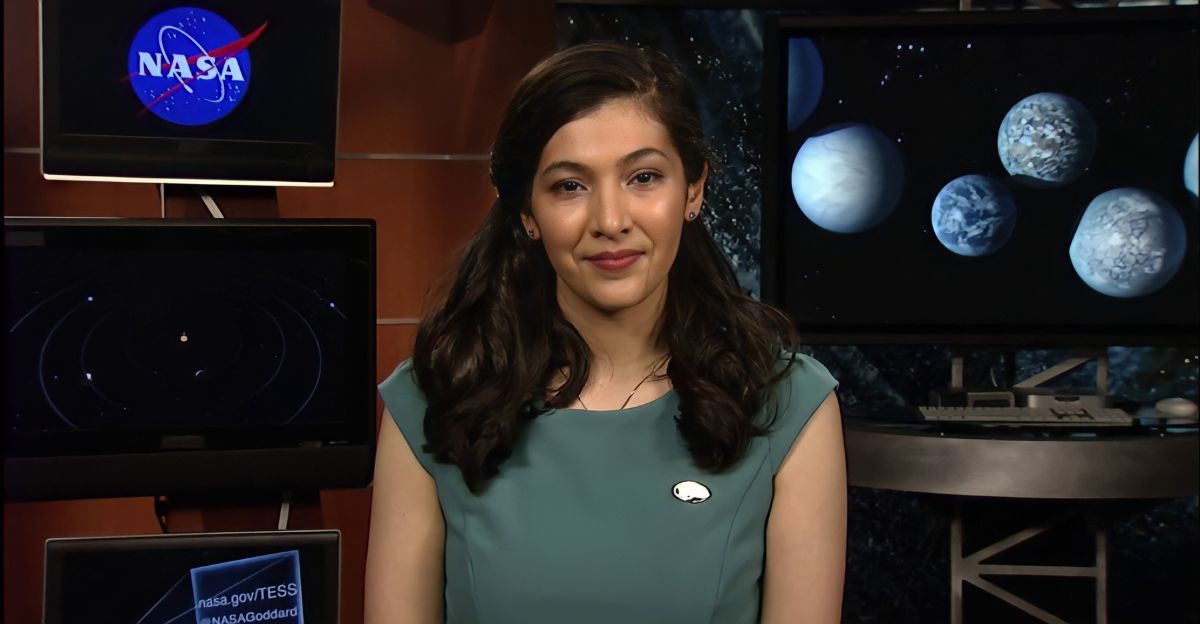
Every star has secrets, and some hold amazing surprises that could change what we know about life in the universe.
Since 1995, scientists have discovered over 6,000 planets outside our solar system. Each new planet brings new questions and exciting possibilities.
Some of these far-off planets might even have water and could support life. The newest one was found after 20 years of careful study, when scientists noticed tiny changes in a star’s light using very sensitive telescopes.
The First Clues
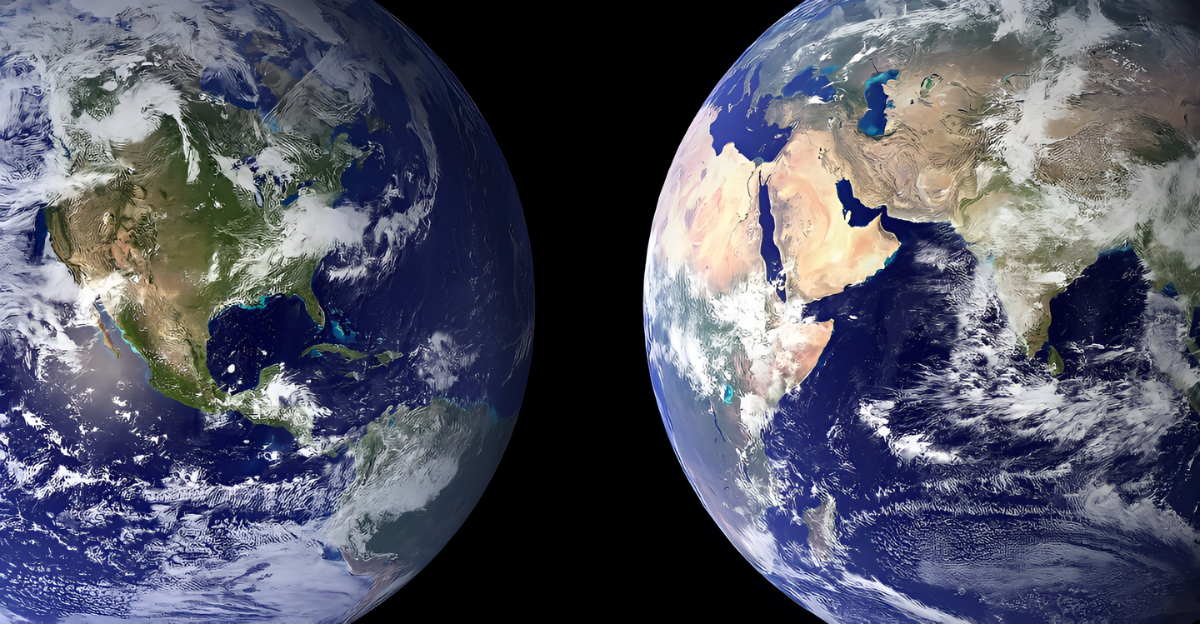
In 2022, Dr. Michael Cretignier saw an odd pattern while looking at old data from the La Silla Observatory in Chile.
Using the HARPS instrument, he noticed small, repeated changes in the light from a star called HD 20794, which is similar to our Sun and 20 light-years away.
These small changes hinted that something unseen was pulling on the star, but the signal was so weak it could have just been natural star activity, equipment errors, or even a mistake.
It would take years of careful checking and analysis to prove that these changes actually indicated a planet’s presence.
Global Search for Proof

Astronomers worldwide worked together to check if Dr. Cretignier’s discovery was genuine.
They used both the HARPS and ESPRESSO instruments in Chile to gather very precise data. They were able to spot tiny movements in a star, about as slow as someone walking.
Special computer programs, like YARARA, helped them tell the difference between signs of a planet and random changes caused by the star itself or the equipment.
This careful process used over 20 years’ worth of collected data.
Cycle of Discovery
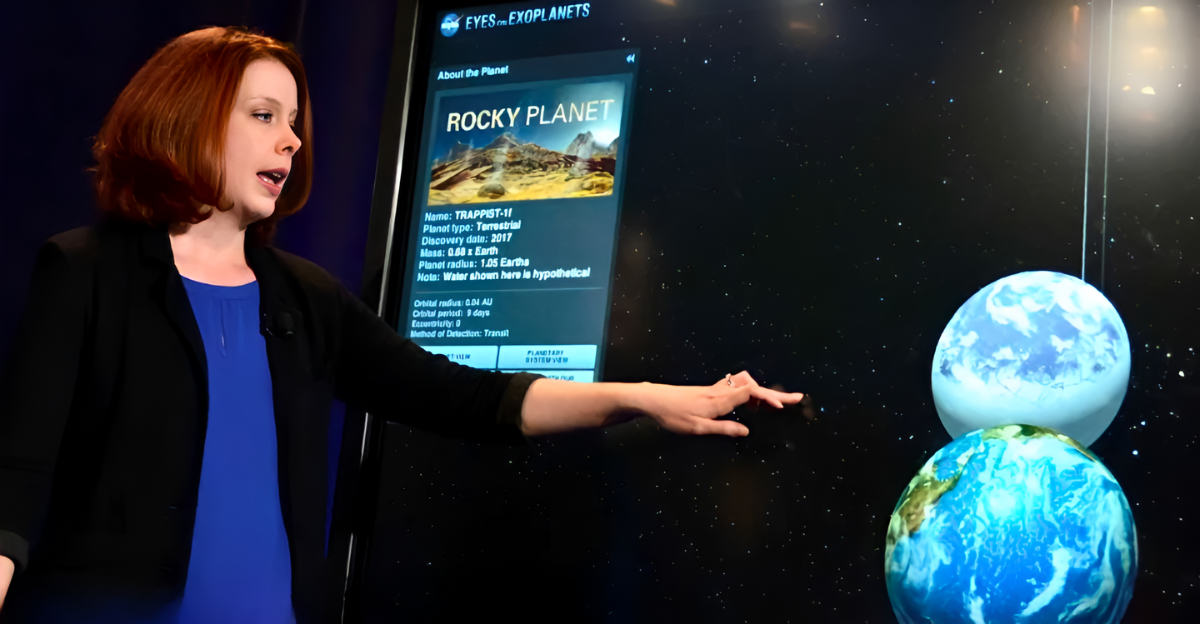
As more data were collected, the evidence for a hidden planet became stronger. The star’s motion followed an exact 647-day cycle, meaning something big was orbiting it every 1.77 years.
The size of these movements showed that the planet was at least six times heavier than Earth, making it a “super-Earth.”
Unlike most of the giant gas planets found before, this one is probably rocky, like our own planet. It orbits its star at a distance similar to halfway between Earth and Mars in our solar system.
Breakthrough Confirmation

“For me, it was naturally a huge joy when we could confirm the planet’s existence,” Dr. Cretignier said when the research team announced their results in January 2025.
The planet they found, HD 20794 d, is one of the nearest and most promising super-Earths. It is just 20 light-years away, in the constellation Eridanus, and orbits a star where conditions might allow liquid water to exist.
Because it’s relatively close to us, scientists think it’s a great candidate for future missions that could take direct pictures of the planet.
Excitement Grows Worldwide

This discovery has excited astronomers and made people more interested in studying nearby stars. HD 20794 is now a rare, possibly livable planet within 25 light-years of Earth.
New, powerful telescopes will soon be able to study its atmosphere in detail. European scientists collaborated to confirm this finding, showing how teamwork worldwide helps science move forward faster.
Amateur astronomers are looking at HD 20794 everywhere, even though the planet is still too faint to be seen from Earth with regular telescopes.
Close to Home
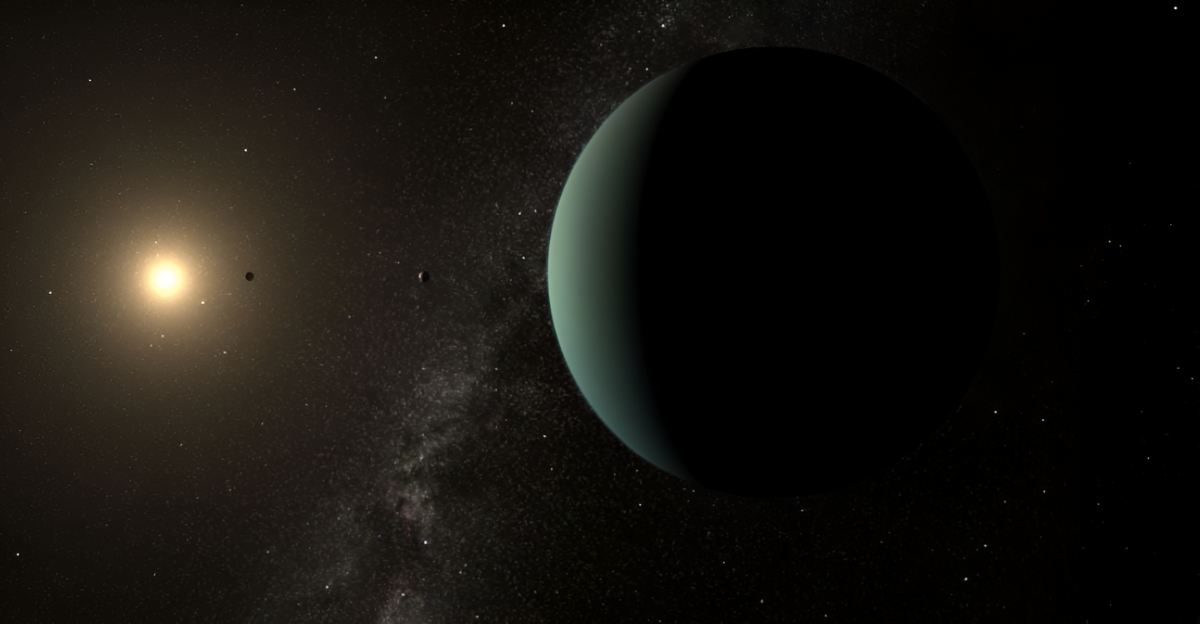
“This is among the closest Earth analogues we know about,” said Dr. Cretignier, showing why this planet is essential in our search for life outside Earth.
Because HD 20794 d is much bigger than Earth, it could hold on to a thick atmosphere that could keep water from escaping. If life exists there, its nearness to us means future space missions could look for signs of life within a few decades instead of waiting centuries.
The news excites People worldwide, sharing posts online and imagining life on a nearby planet.
Investment in the Future
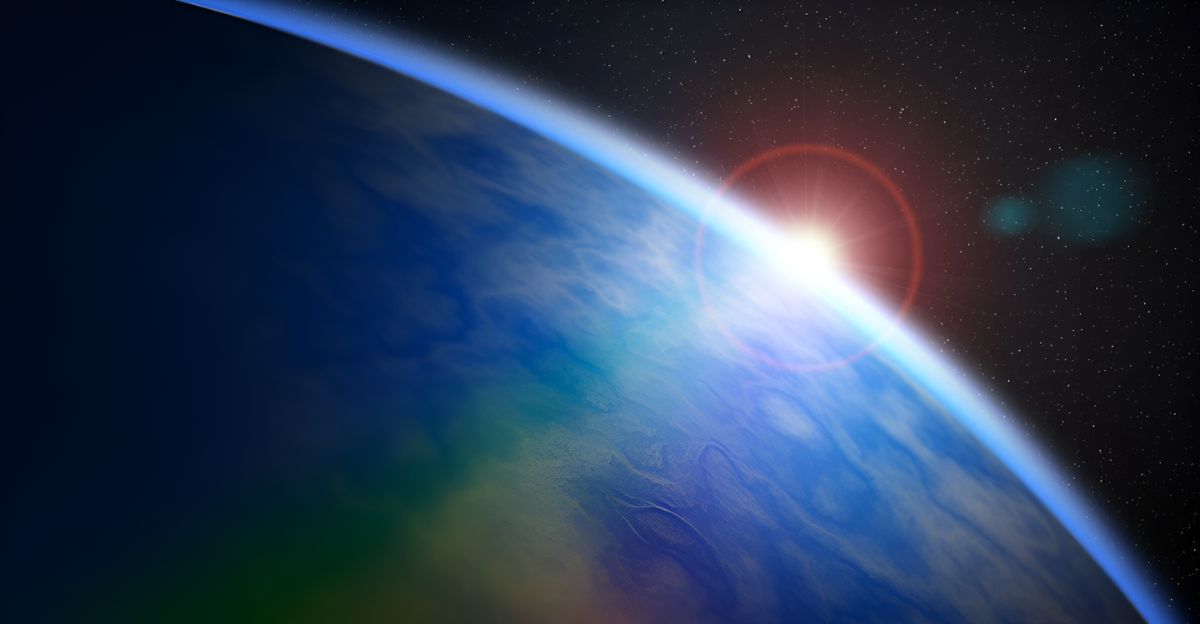
Confirming HD 20794 d has helped secure more money for new space telescopes that can study the atmospheres of distant planets.
Companies developing camera technology to photograph other worlds are also receiving more investment because people see big business opportunities in these discoveries.
Although the James Webb Space Telescope can’t easily observe this planet, its work on other exoplanets shows that many people are interested in these topics.
Some private space companies are considering future missions to send probes to other stars, but these ideas are still many years away from becoming reality.
Technical Revolution
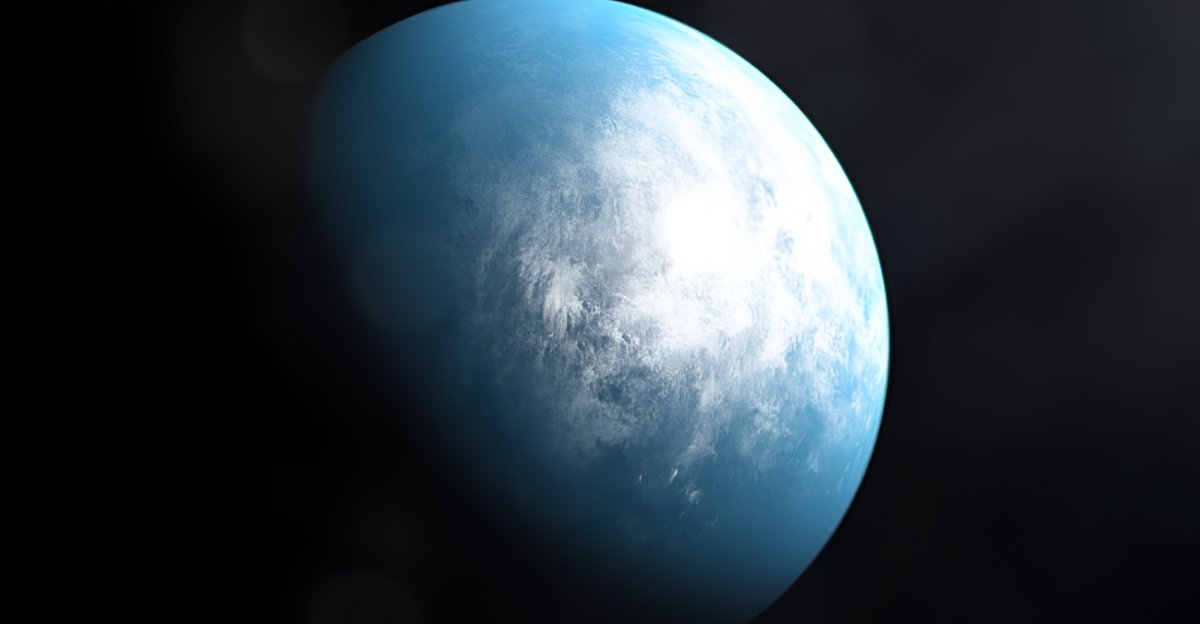
Finding HD 20794 d shows how accurate today’s space instruments have become because they can detect movements in a star that are even slower than someone walking.
The ESPRESSO instrument keeps temperatures steady, controls pressure, and uses special lights for perfect measurements.
New computer programs, like YARARA, fix errors in the data, helping scientists spot planets that were previously hidden.
A Wild Orbit
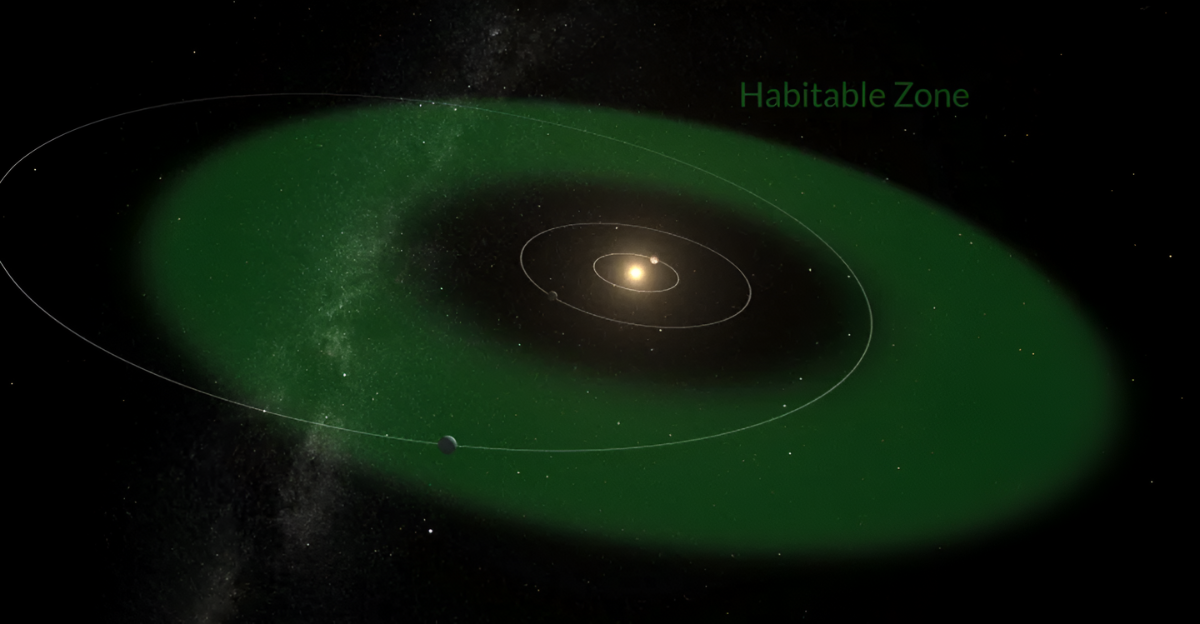
HD 20794 d’s path around its star is much more stretched out than Earth’s, causing significant changes in its climate during its 647-day year.
This oval-shaped orbit means the planet sometimes gets very close to its star and at other times, it moves far away, possibly becoming frozen.
The temperature changes are as extreme as those between Earth’s warm tropics and icy poles.
Because of this, HD 20794 d is a special place for scientists to learn how a planet’s odd orbit affects its chances of having life and a stable climate.
Scientists Dive Deeper
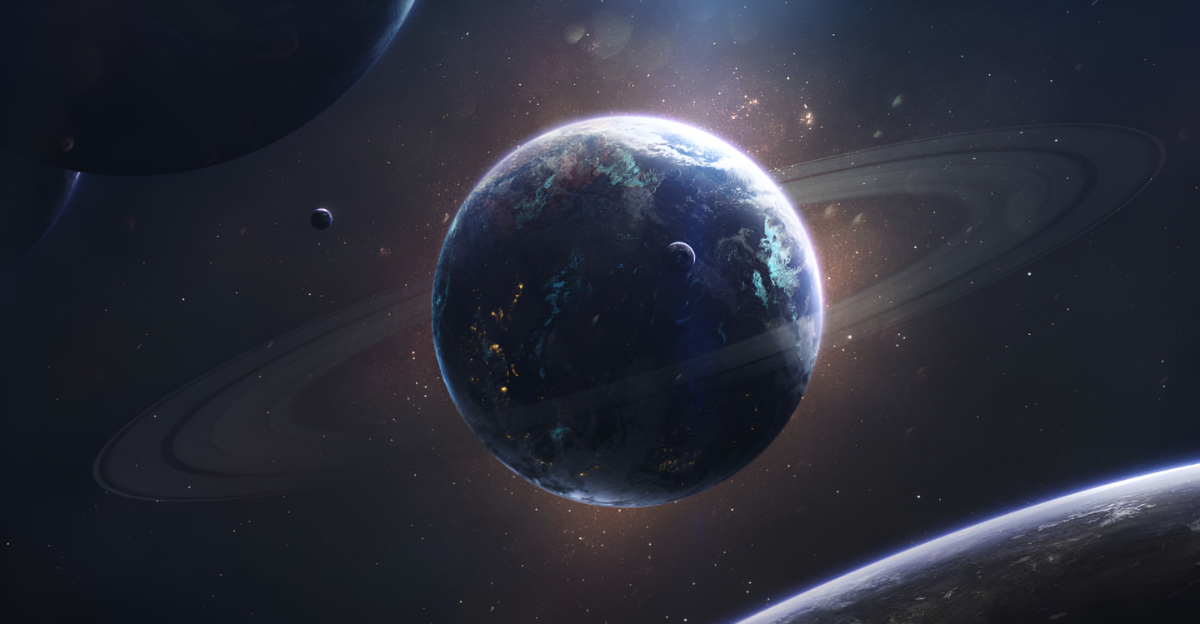
Astronomers now see HD 20794 d as a top choice for future missions that study the air around distant planets.
Because its orbit is stretched out, figuring out if it could support life is tricky but also very interesting. Scientists are creating new computer models to see how the planet’s wild seasons might affect any possible life.
This discovery has led to new talks about what counts as a “habitable zone,” since most planets don’t have perfectly round orbits. In upcoming missions, several space agencies plan to focus their powerful telescopes on HD 20794 d.
Institutional Investment
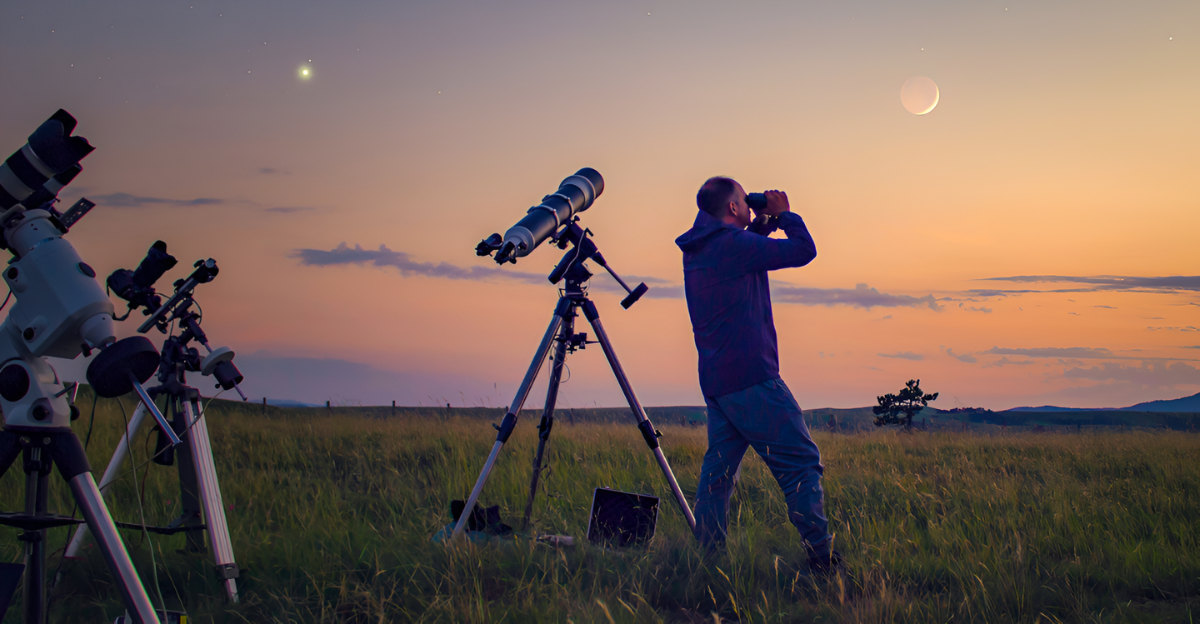
Top observatories worldwide are now focusing more of their time and equipment on studying the HD 20794 star system.
The European Southern Observatory has made it a top target for their new Extremely Large Telescope, which might even be able to take pictures of the planet.
NASA’s planned Habitable Worlds Observatory also sees HD 20794 d as a great place to look for signs of life. Many universities in Europe and North America are starting new research projects to learn more about planets like this one.
This discovery is also helping scientists argue for continued funding of special planet-hunting surveys, which are the best way to find Earth-like planets around stars like our Sun.
Teamwork and Technology

Dr. Cretignier created a computer program called YARARA while a student at the University of Geneva.
This tool helped scientists find the planet’s signal by removing errors from many old telescope data. YARARA does this automatically, making it much easier to spot real planets.
Scientists everywhere can use this software for free, so more people can search for planets using the best methods. Teams from different countries also share their data, allowing them to double-check each other’s discoveries.
Thanks to tools like YARARA, finding and confirming new worlds is faster than ever.
Atmosphere Under Study
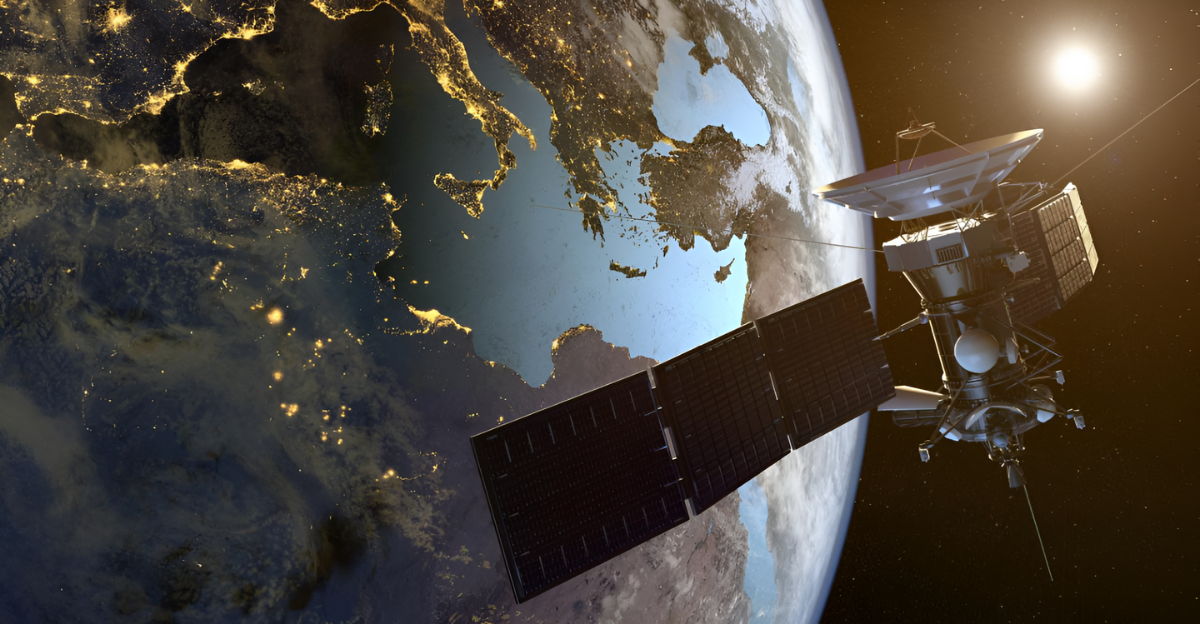
Future space missions will focus on studying the air (atmosphere) of HD 20794 d, even though its stretched-out orbit makes this problematic.
Because the planet moves closer and farther from its star, its atmosphere could change significantly during its year, so scientists must observe it at different times.
Researchers plan to monitor the planet throughout its entire orbit to see how sunlight affects its atmosphere. Some computer models show that a thick atmosphere could help keep temperatures steady and allow liquid water to exist, even when the planet is far from its star.
The Decade to Watch
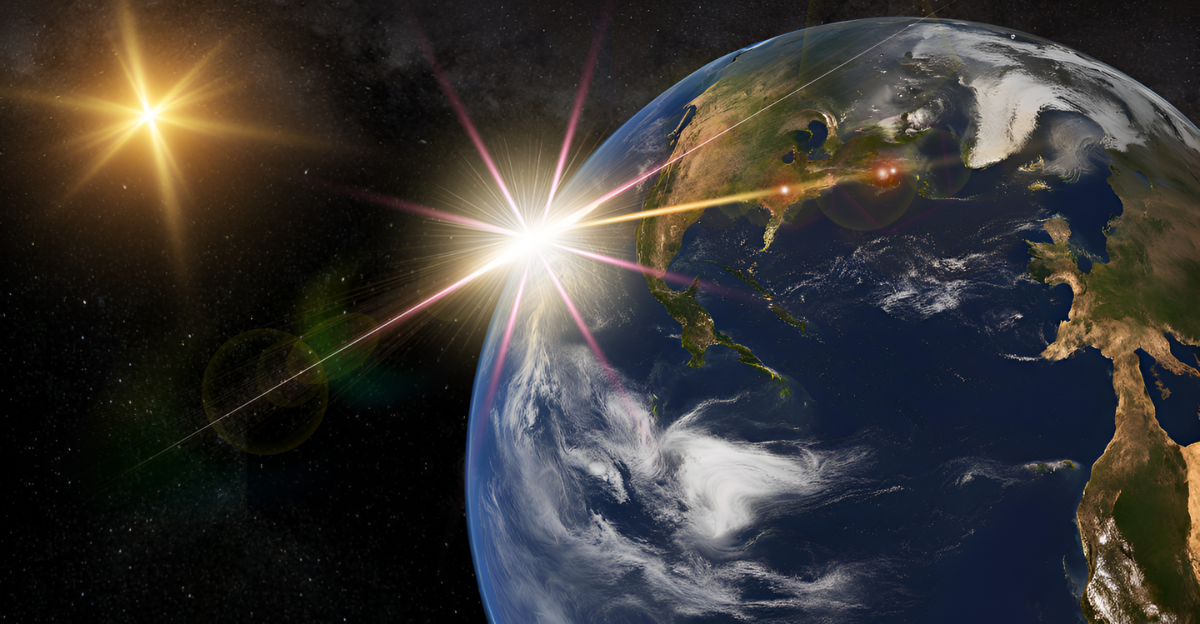
Over the next ten years, scientists will determine whether HD 20794 d is the first super-Earth close to us that could really support life.
The James Webb Space Telescope is scheduled to look at the planet’s atmosphere, but because HD 20794 d’s orbit is not round, it will take several rounds of observations.
By the mid-2030s, powerful ground telescopes could directly photograph the planet.
This discovery is now used to judge whether planets with stretched-out orbits can be habitable.
If scientists can understand this planet well, it will help them study thousands of similar worlds in space data.
Working Together
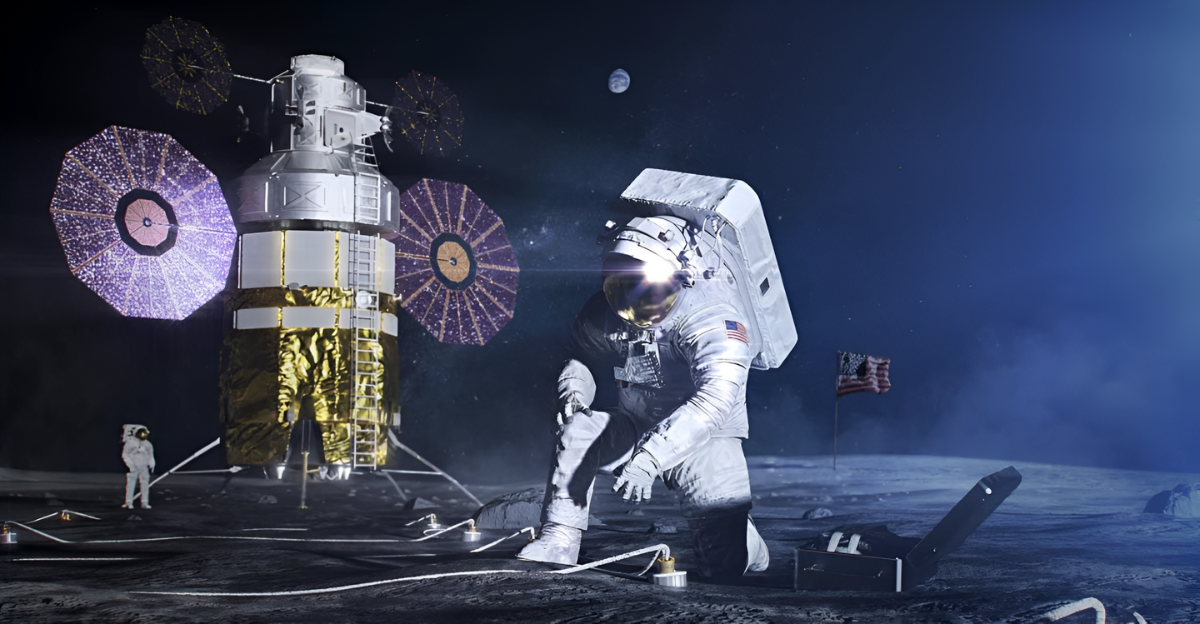
Space agencies worldwide are working together to plan future missions to nearby planets like HD 20794 d. They are also setting up rules and guidelines for exploring other star systems fairly and responsibly.
The Committee on Space Research (COSPAR) is updating its rules to make sure any missions to planets that might have life are safe and careful.
New regulations are also being created to share powerful telescopes fairly among scientists who want to study important planets. Funding groups from different countries are teaming up to ensure that efforts aren’t repeated and that the best science can be done.
These actions show that discoveries like HD 20794 d are essential for everyone on Earth and need to be managed together.
Industry Rides the Waves
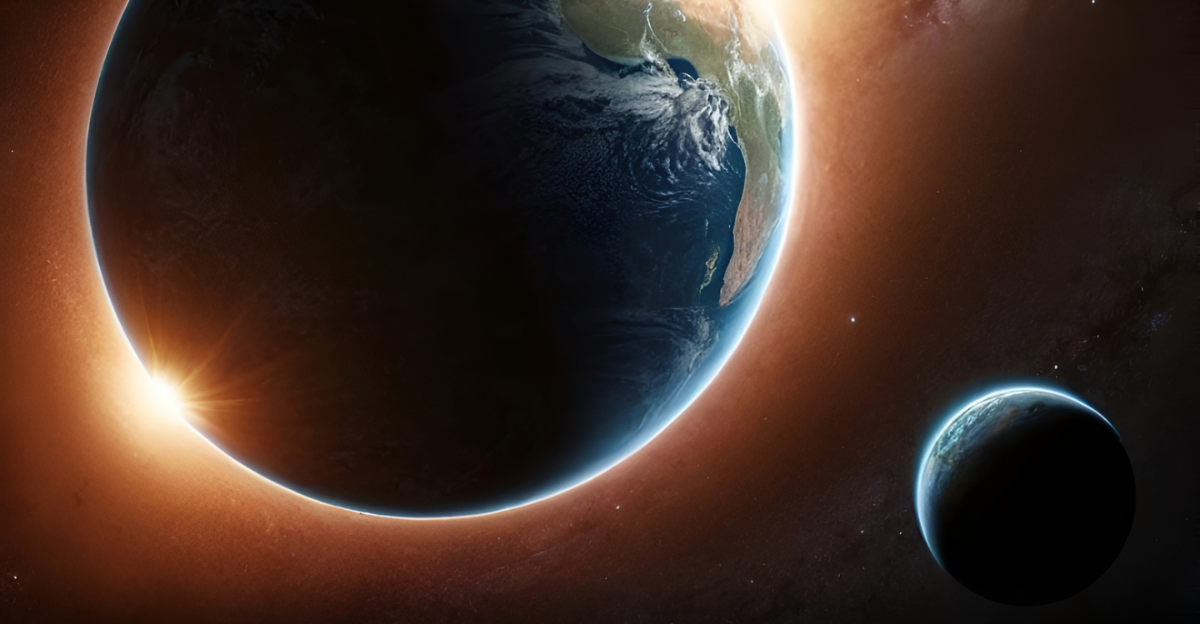
Finding HD 20794 d has sped up the creation of new, advanced technologies that help scientists take pictures of planets around other stars.
Companies that make special lenses and imaging equipment are seeing increased demand from observatories worldwide.
This discovery has made it easier to obtain funding for building powerful new space telescopes, and several major projects now receive more support from governments and investors.
Some private space companies are even considering sending robots to other star systems, but these missions are still very difficult and expensive.
Public Fascination
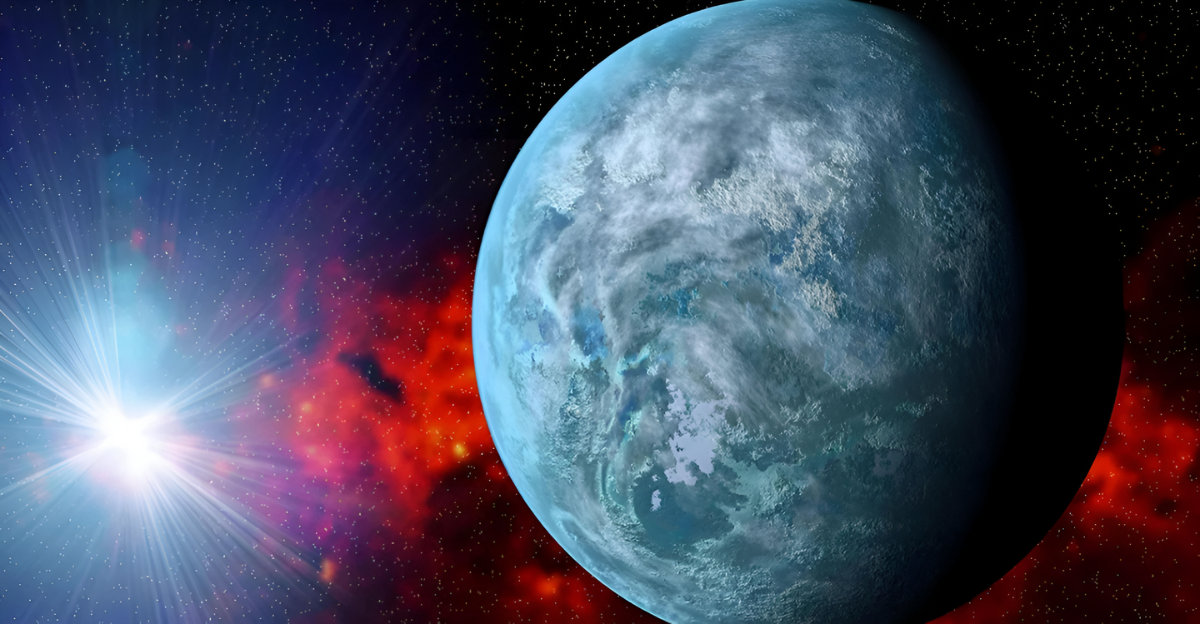
When HD 20794 d was announced, social media was filled with excitement. Space fans shared pictures and imagined what life might be like.
Many educators made popular videos explaining the planet’s unusual orbit and the chances it could be habitable, and these videos reached millions of people. However, some false information spread, too, with people wrongly saying scientists had found proof of alien life.
Experts have explained that because the planet’s orbit is so strange, we aren’t sure if it could have life, and more study is needed.
Public surveys show that more people now support spending money on space telescopes, partly because of discoveries like this.
Following Past Discoveries
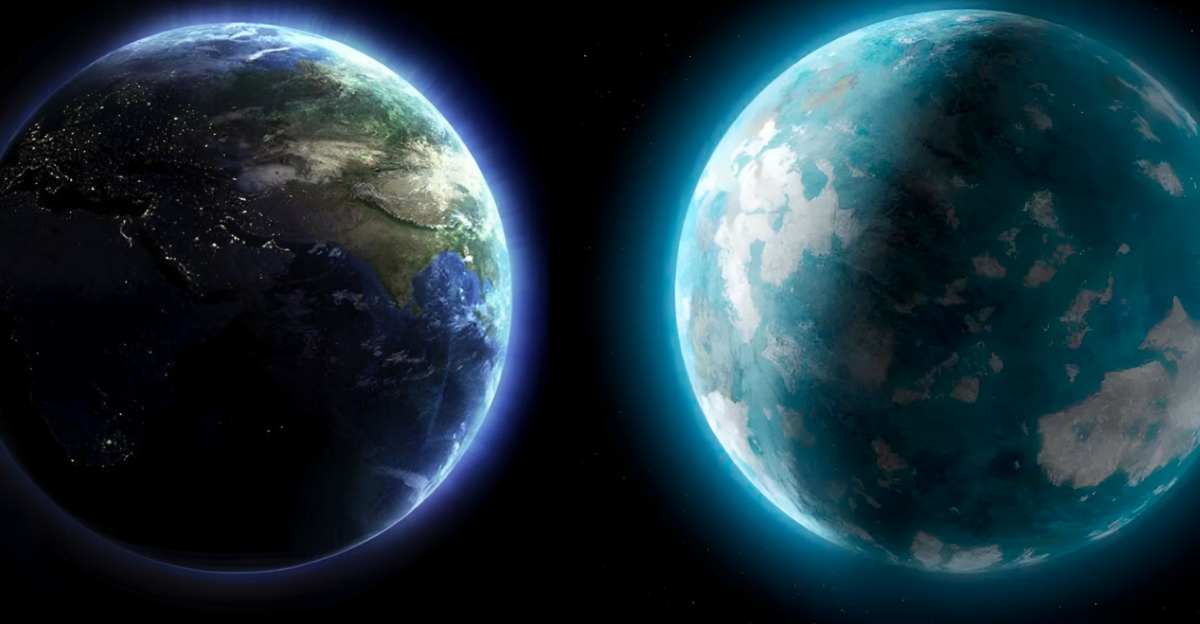
HD 20794 d is part of a long line of planet discoveries showing how many different types of planets exist in our galaxy.
In 1995, scientists found 51 Pegasi b, the first planet around a star like our Sun, and were surprised to find it was a big, hot planet close to its star.
Later, the Kepler Space Telescope found thousands of planets by watching them pass before their stars, including many super-Earths like HD 20794 d.
2016 the TRAPPIST-1 system taught us that even small red stars can have several possibly livable planets.
Each of these discoveries helps us learn more about how planets form and where life might be possible, and HD 20794 d is the newest step in this journey.
The Next Step for Science

HD 20794 d is one of the best nearby planets for the search for life beyond Earth, even though its stretched-out orbit makes things tricky.
It is only 20 light-years away so scientists can study it closely with the newest telescopes. Even though its oval-shaped orbit causes big swings in temperature, this also helps researchers learn more about how different climates work on planets.
The discovery shows that careful, long-term science can uncover amazing things in old data.